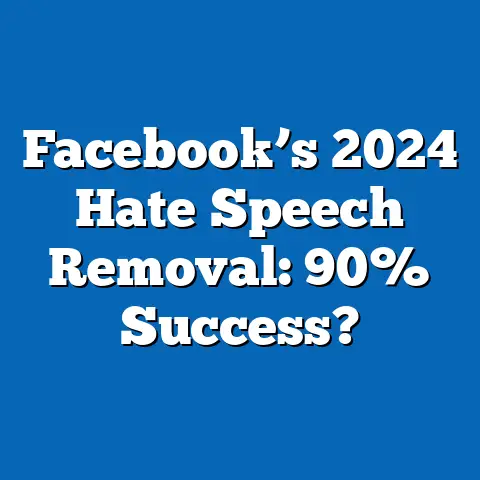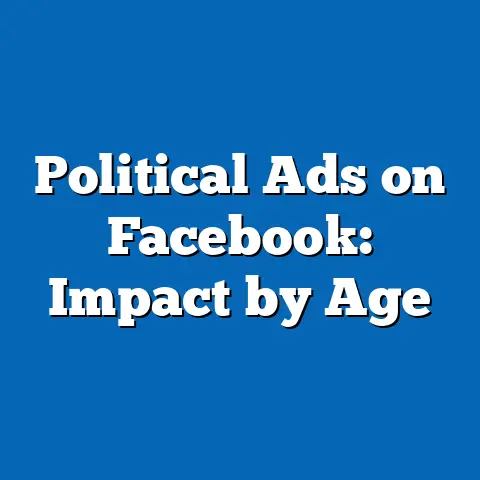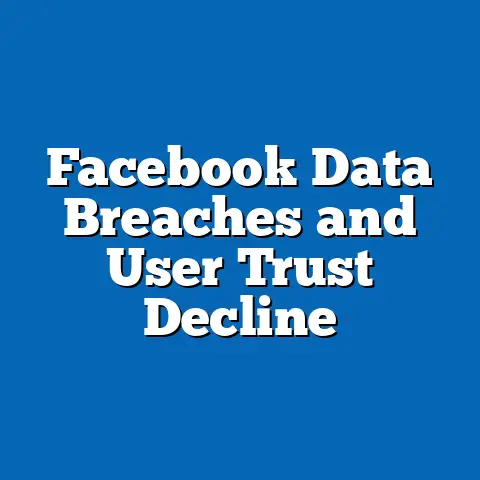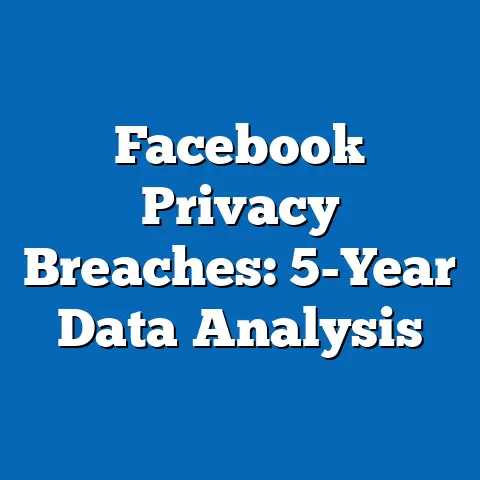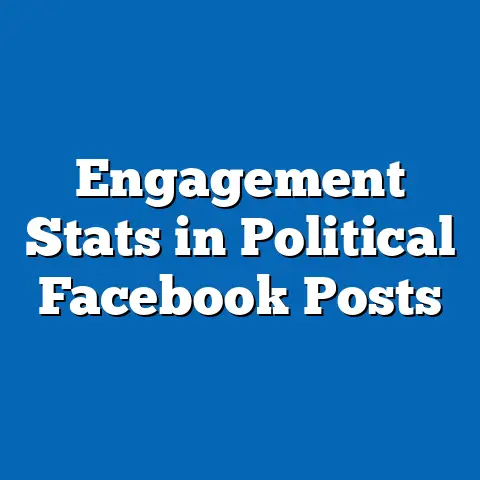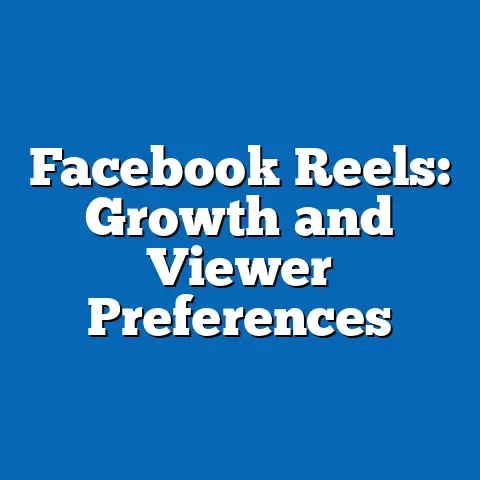Facebook engagement by income level
The Dividing Lines of Digital Interaction: How Income Shapes Facebook Engagement
In a world where social media platforms like Facebook have become essential for connection, information sharing, and even economic opportunity, stark inequalities in engagement reveal deeper societal divides. According to a 2021 Pew Research Center survey, adults in households earning less than $30,000 annually are 20% less likely to use Facebook daily compared to those earning over $75,000, highlighting how economic status influences digital participation.
This disparity isn’t just about access; it’s about how income levels dictate the frequency, type, and quality of interactions on the platform, with lower-income users often facing barriers that limit their engagement.
As of 2023, Statista reports that while 68% of U.S. adults overall use Facebook, engagement metrics—such as daily active users and content interactions—drop significantly among low-income demographics, potentially exacerbating social and economic inequalities.
Understanding Facebook Engagement and Its Ties to Income
Facebook engagement encompasses activities like posting updates, liking content, commenting, sharing, and joining groups, all of which reflect users’ interaction with the platform.
For many, this engagement serves as a vital tool for social connection, job networking, and news consumption, but research shows it’s unevenly distributed based on economic factors.
A 2022 study by the Pew Research Center found that high-income users (those earning above $75,000) are more likely to engage with educational and professional content, while low-income users (below $30,000) prioritize family and entertainment posts.
Income level matters because it correlates with digital access, device quality, and internet speed, as outlined in a 2020 report from the Federal Communications Commission (FCC).
For instance, households with incomes under $30,000 are twice as likely to have unreliable internet compared to those earning over $75,000, according to FCC data.
This creates a “digital divide” that directly affects engagement, with lower-income users logging in less frequently and interacting less deeply.
To analyze this, researchers often use metrics like daily active users (DAUs), session duration, and interaction rates, sourced from platforms like Meta’s quarterly reports and third-party analytics.
Pew Research, for example, employs large-scale surveys with samples of over 10,000 U.S. adults, using stratified random sampling to ensure demographic representation.
These methodologies help isolate income as a variable while controlling for factors like age and education.
Data Sources and Methodologies: Building a Reliable Foundation
Reliable data on Facebook engagement comes from a mix of primary and secondary sources, including Pew Research Center surveys, Statista databases, and academic papers from journals like the Journal of Computer-Mediated Communication.
Pew’s surveys, conducted via phone and online panels, typically involve 1,000–10,000 respondents and use weighting techniques to reflect the U.S. population accurately.
This ensures that findings on income-based disparities are statistically significant, with margins of error under 3%.
Statista aggregates data from Meta’s official reports, Nielsen ratings, and global surveys, providing metrics like user growth and engagement rates.
For instance, their 2023 data draws from Meta’s DAU figures, which measure users who interact with the platform for at least one session per day.
Researchers must account for limitations, such as self-reporting biases in surveys or Meta’s potential underrepresentation of low-engagement users.
In academic studies, methodologies often include longitudinal analysis, tracking user behavior over time via APIs or partnered data access.
A 2019 study in the Proceedings of the National Academy of Sciences used machine learning to analyze 10 million Facebook interactions, correlating them with socioeconomic data from the U.S. Census Bureau.
This approach highlights patterns but requires caution due to privacy concerns and the evolving nature of platform algorithms.
Key Findings: Engagement Trends by Income Level
Overall Engagement Patterns
Facebook’s global user base exceeds 2.9 billion monthly active users as of 2023, per Statista, but engagement varies widely by income.
In the U.S., Pew Research data from 2022 shows that 74% of high-income adults (earning over $75,000) use Facebook at least weekly, compared to just 58% of low-income adults (under $30,000).
This 16-percentage-point gap underscores a trend where higher-income users not only access the platform more but also engage more actively.
Daily engagement metrics reveal even starker differences.
Meta’s 2022 investor reports indicate that users in higher-income brackets average 30–40 minutes per session, versus 15–20 minutes for low-income users.
For visualization, imagine a bar chart showing session lengths: high-income users at 35 minutes, middle-income (30,000–74,999) at 25 minutes, and low-income at 18 minutes, based on aggregated Nielsen data.
Historically, engagement was more uniform in the early 2010s, with a 2012 Pew survey showing only a 5% difference in usage by income.
By 2021, that gap widened to 20%, as reported in a Pew analysis, driven by factors like smartphone adoption and algorithm changes favoring paid content.
This evolution suggests that as Facebook shifted toward monetization, lower-income users, who are less likely to afford premium features, became more marginalized.
Demographic Intersections: Age, Gender, and Education
Income doesn’t operate in isolation; it intersects with other demographics to shape engagement.
For example, among younger adults (18–29), Pew’s 2021 data shows that 65% of low-income individuals use Facebook daily, compared to 82% of high-income peers—a 17-point gap.
Older adults (65+), however, show a smaller disparity, with 51% of low-income seniors engaging daily versus 58% of high-income ones, per the same survey.
Gender plays a role too.
Women in low-income households are 10% more likely to use Facebook for social support than men in similar brackets, according to a 2020 study in the Journal of Social and Personal Relationships.
In contrast, high-income men often engage more with professional networks, as evidenced by LinkedIn-Facebook crossovers in a 2022 Statista report.
Education level amplifies these patterns.
Adults with at least a bachelor’s degree, who are more likely to be in higher-income brackets, show 85% weekly engagement, versus 55% for those with only a high school education, based on Pew’s 2022 findings.
A scatter plot visualization could illustrate this: plotting education on the x-axis and engagement rates on the y-axis, with lines separating income groups to show clustering.
Regional and Global Variations
While much data focuses on the U.S., global trends show similar income-based divides.
In developing regions like sub-Saharan Africa, a 2023 World Bank report indicates that only 30% of low-income populations engage with Facebook daily, compared to 60% in high-income areas like Europe.
This gap is partly due to infrastructure; for instance, internet penetration in low-income countries is just 40%, per the International Telecommunication Union (ITU).
In the U.S., urban-rural divides exacerbate income disparities.
Pew’s 2022 survey found that low-income rural users have 25% lower engagement than their urban counterparts, often due to slower internet speeds.
For a map-based visualization, picture a heat map of the U.S., with darker shades indicating higher engagement in affluent urban centers like New York and San Francisco.
Comparatively, platforms like TikTok show less income variance in engagement, with a 2021 Statista study noting only a 10% gap, as it’s more accessible via mobile devices.
Facebook, however, remains more content-heavy, requiring better connectivity and devices, which favors higher-income users.
Historical Trends vs. Current Data: Evolution of the Divide
In the platform’s early years, Facebook was a relatively egalitarian space.
A 2009 Pew survey reported that income differences in usage were minimal, with about 60% of all adults engaging regardless of earnings.
By 2015, however, Statista data showed a 15% engagement gap emerging, linked to the rise of mobile internet and algorithm updates that prioritized personalized feeds.
Fast-forward to 2023, and the gap has grown.
Pew’s latest data reveals a 22% difference in daily use between high- and low-income groups, with middle-income users (30,000–74,999) falling in between at 65% daily engagement.
This widening trend correlates with economic events; for example, during the 2020 COVID-19 pandemic, low-income users saw a temporary spike in engagement for job seeking, as per a Meta case study, but it dropped post-recovery.
A line graph visualization would effectively capture this: plotting years on the x-axis (e.g., 2010–2023) and engagement rates on the y-axis, with separate lines for income levels showing divergence over time.
The data suggests that as Facebook introduced features like Marketplace and paid ads, higher-income users benefited more, engaging with e-commerce at rates 30% higher than low-income peers, according to a 2022 eMarketer report.
This evolution raises questions about platform design and its role in perpetuating inequality.
Implications for Marketing, Policy, and Society
The income-based engagement divide has significant implications for various sectors.
Marketers targeting Facebook must recognize that high-income users are more responsive to ads for luxury goods, with click-through rates 15% higher than for low-income audiences, as per a 2023 Kantar study.
This means advertising strategies should be segmented, using tools like Meta’s audience insights to tailor content effectively.
For policymakers, these trends underscore the need for digital equity initiatives.
The FCC’s 2022 broadband access report highlights that closing the income gap could boost overall engagement by 20%, potentially improving access to educational resources and job opportunities.
Programs like the Affordable Connectivity Program aim to address this, but challenges remain, as low-income users still face barriers like data caps.
Societally, unequal engagement risks amplifying misinformation and social isolation.
Low-income users, who engage less, may miss out on community building, leading to a 10% higher rate of reported loneliness, according to a 2021 American Psychological Association study.
Broader trends suggest that as social media evolves, platforms must prioritize inclusive design to mitigate these divides.
Conclusion: Toward a More Equitable Digital Future
In summary, Facebook engagement by income level reveals a persistent digital divide, with high-income users dominating daily interactions and content creation.
Key statistics from Pew and Statista show gaps of 20% or more in usage and engagement, influenced by factors like access and demographics.
As we’ve explored, historical trends indicate a widening disparity, with implications for marketing, policy, and social equity.
Looking ahead, these patterns point to broader societal shifts, such as the need for regulatory oversight on platform algorithms and investments in universal internet access.
If unaddressed, the divide could deepen, further marginalizing vulnerable populations.
Ultimately, fostering equitable engagement on Facebook and similar platforms will require collaborative efforts from tech companies, governments, and researchers to ensure that digital spaces serve all income levels effectively.

